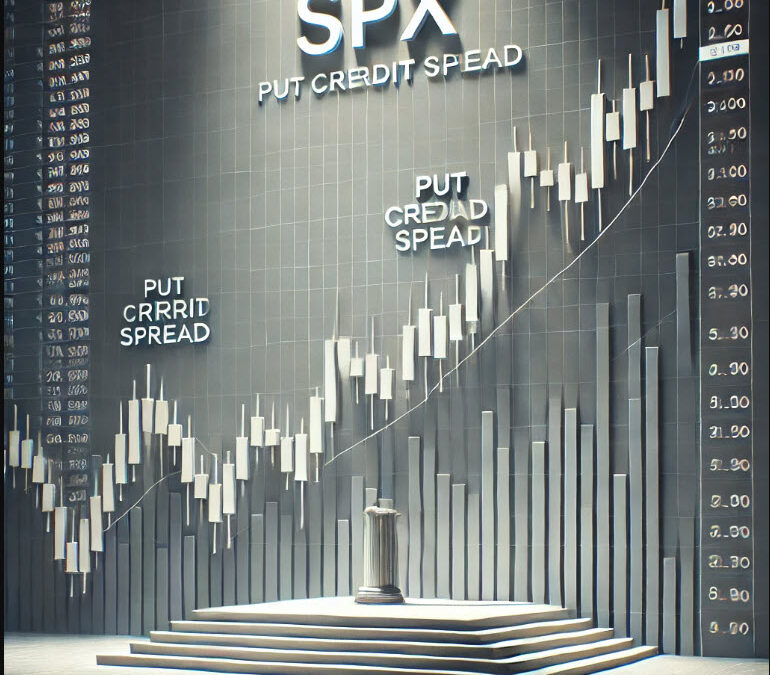If you’re serious about selling premium in options trading, there’s no better asset than SPX (the S&P 500 Index). It’s highly liquid, cash-settled, and has enough movement to make trading profitable. But why is SPX the best choice for selling premium on vertical spreads? Let’s break it down.
What Makes SPX a Great Choice for Selling Premium?
SPX is the most traded index in the world. It represents the 500 largest U.S. companies, making it a solid and stable choice for options traders. Here’s why SPX is the best asset for selling premium:
- Liquidity – High trading volume means tight bid-ask spreads, so you get better fills on your trades.
- Cash-Settled – No need to worry about physical delivery of shares. This eliminates assignment risk.
- European-Style Expiration – SPX options can only be exercised at expiration, meaning you won’t get early assignment.
- Frequent Expirations – SPX offers multiple expiration dates per week, allowing for flexible trade setups.
- Significant Price Movement – SPX moves enough intraday to make day trading possible while selling premium.
Why Selling Premium on SPX is Better Than Going Long?
As we’ve covered before, selling premium means you get paid upfront. When you sell a vertical spread, time is your friend because of Theta decay. Let’s compare selling vs. buying on SPX:
- Buying a Vertical Spread: You need SPX to make a big move in your favor before expiration.
- Selling a Vertical Spread: You make money if SPX stays the same, moves slightly against you, or moves in your favor. Time decay works for you instead of against you.
Theta Decay: The Key to Profits
When you sell premium, Theta decay (the time value of options decreasing) benefits you. Every day that passes, the options you sold lose value. Since you collected money upfront, you can buy back your spread cheaper or let it expire worthless for a full profit.
How to Choose the Right SPX Vertical Spreads to Sell
Not all spreads are created equal. Here’s how to pick the best ones:
- Look for High Probability Trades – Sell spreads with a high chance of expiring worthless.
- Sell Far Out-of-the-Money (OTM) Spreads – These have a better risk-to-reward ratio and higher win rates.
- Pick the Right Expiration Date – Shorter expirations (1-7 days) allow you to take advantage of fast Theta decay.
- Monitor Implied Volatility (IV) – Sell premium when IV is high to collect more credit.
Example of Selling an SPX Vertical Spread
Let’s say SPX is trading at 5000. You believe it will stay above 4950 in the next few days, so you sell a 4950/4940 bull put spread:
- Sell the 4950 Put
- Buy the 4940 Put
- Collect $2.00 in premium
- Max Risk: $8.00 per contract ($10 spread width – $2 premium received)
- Max Profit: $2.00 per contract
If SPX stays above 4950, you keep the full $2.00 premium per contract.
Final Thoughts: SPX is the Best for Selling Premium
If you want to trade vertical spreads successfully, selling premium on SPX is the way to go. You get high liquidity, cash-settled trades, and the power of Theta decay on your side. Instead of gambling on big moves, you profit by selling high and buying low as time works in your favor.
Ready to start selling premium on SPX? Let us know in the comments!

